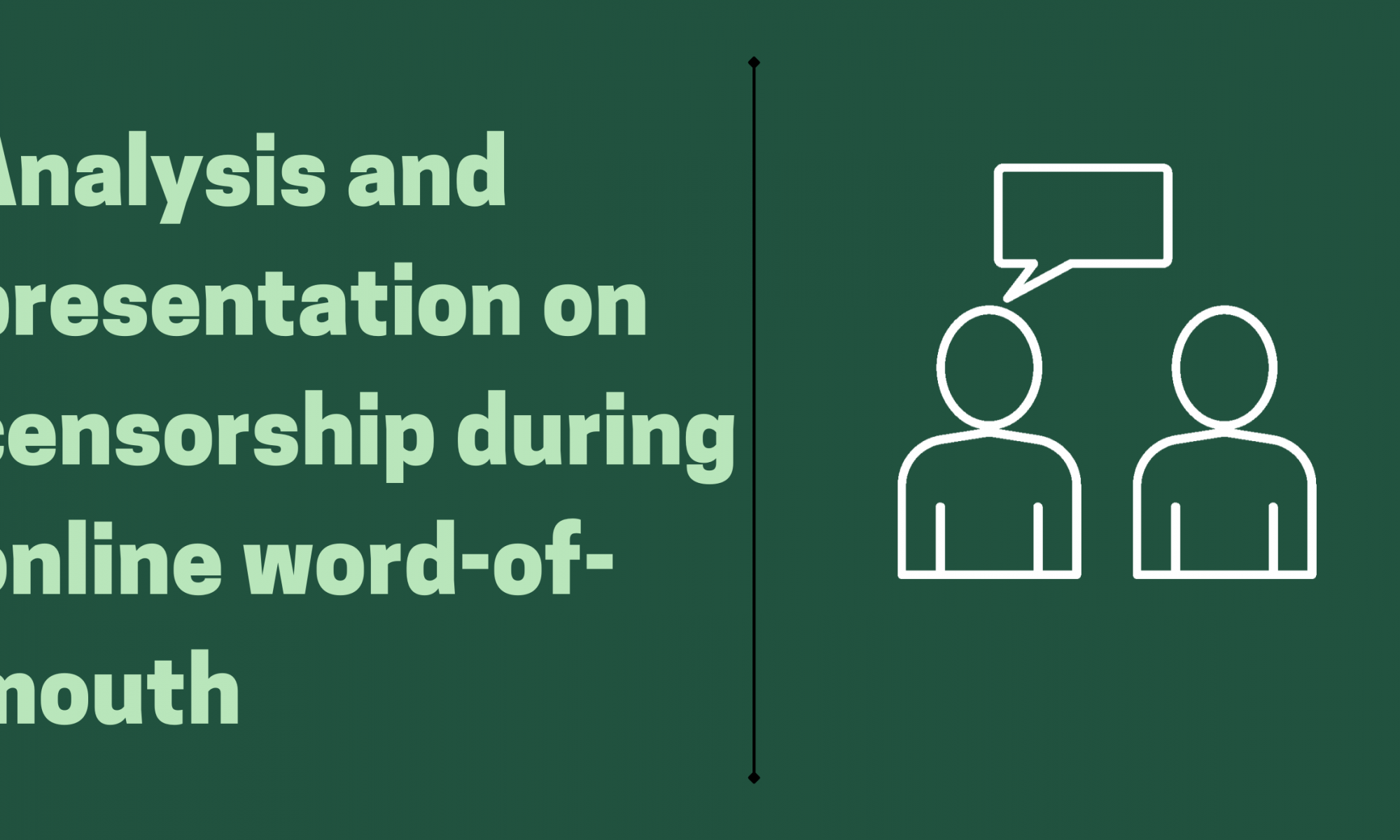Information:
This analysis paper was completed as part of the assessment for the Brands and Organizations on Social Media course during my MSci Corporate Communications at University of Amsterdam. The task was to deliver a reading highlight on an article chosen by the lecturer and present a visual alongside a written copy of personal critique and analysis of chosen paper. My assigned article explored individuals’ self-censorship while expressing opinions about brands online in the form of electronic word-of-mouth (eWOM). This was not the case when individuals engaged in traditional word-of-mouth. The presentation included an engaging starter with students, video with 5 stages of online word-of-mouth as examples, an interactive poll and discussion in relation to the 5 stages.
Tasks:
- Analyzed critically the assigned paper
- Came up with a creative way to present the paper’s findings
- Created a video showing different stages of online word-of-mouth
- 1) WhatsApp message to father 2) WhatsApp message to group members 3) Facebook post to my own social network 4) Amazon.com review 5) Post publicly on Facebook page of brand
- Presented my research and video in front of a class of 20+ students
Results:
- 8.0/10
- Lecturer and students rated the presentation as the overall best and most creative one amongst all other students
- Censorship to a larger audience especially on public brand pages may occur more often than when sharing traditional or 1-on-1 word-of-mouth

